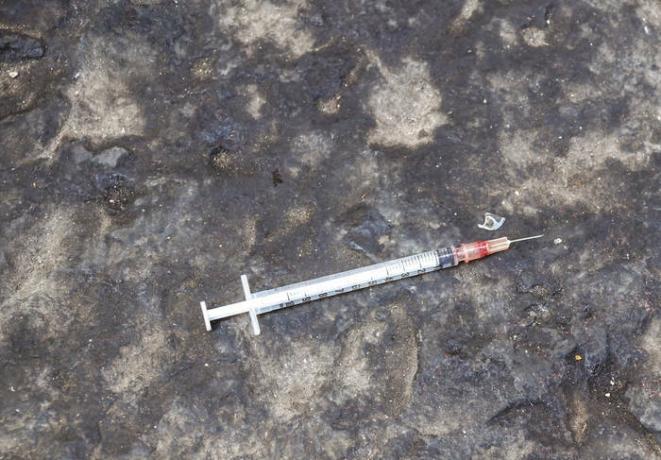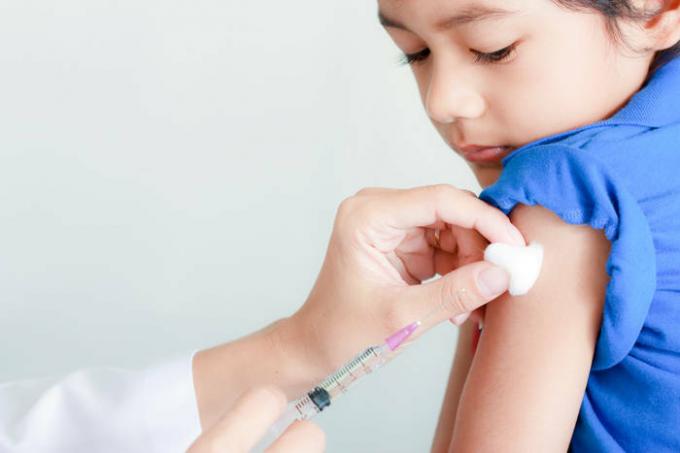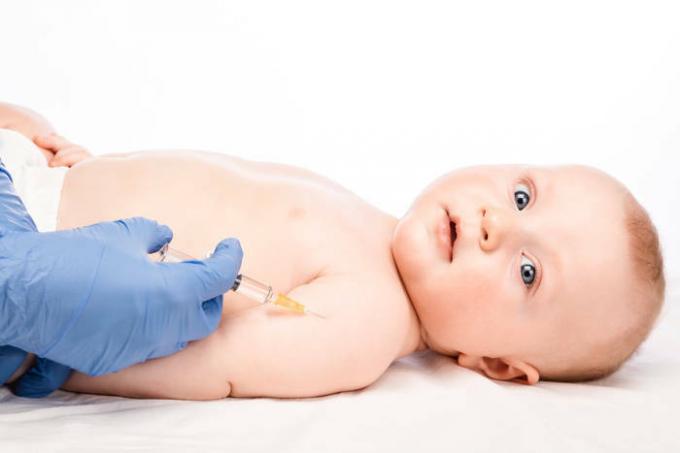A child was injected with an old dirty syringe while walking: what are the dangers of this injury and what needs to be done to avoid infection
The smaller the child, the more curiosity he has. Young children love to lift and stare at everything that is under their feet. If the feeling of disgust can already keep older children from such actions, then the baby does not need to shove a beetle into the mouth or lick a tin can. One of the most dangerous items that can pique a child's interest on the street is a syringe. Now, after winter and before the harvesting of volunteers in the forest-park zones, there are especially many of them. What infections can lurk on a dirty needle, and how to protect a baby if he is still pricked by someone else's spitz, read our material.
What infections are transmitted through the needle of a syringe
As a rule, the syringe does not give the child a sense of danger. This is a common item that is often found in the home and is used when someone is sick in the family. Yes, many children are afraid of being pricked by a sharp needle. But believe me, this will not stop them from picking up and twisting a familiar object found on the street in their hands. Meanwhile, a dirty syringe can be a source of big problems. Pathogens of serious diseases may well be hidden on a needle:
- Hepatitis B
- hepatitis C
- HIV (Human Immunodeficiency Virus)
- tetanus
The most dangerous in terms of infection are tetanus and hepatitis B. Tetanus bacteria live in the environment for many years, instantly activating when they enter the bloodstream even through the smallest wound. The causative agent of hepatitis B also shows good outdoor resilience. In addition, a very small amount of contaminated blood is sufficient for this virus to become infected. The hepatitis C virus and HIV in the environment do not live long and die immediately after the needle is completely dry. Therefore, the risk of contracting them through a "stale" syringe is quite low. However, there is still a chance.
When there is a high risk of infection

The most dangerous syringes with traces of fresh blood
If your child is injected with a needle on a dirty syringe on the street, it should be shown to the pediatrician right away. Based on the vaccinations received by the baby and the general state of health, the doctor will be able to assess the risks of infection and paint the tactics of correct actions. Here are a few signs that indicate that the alarm needs to be raised urgently:
- traces of fresh blood are clearly visible on the syringe and on the needle
- the needle went deep into the baby's skin
- the injection of the child was deliberately inflicted by another person
- the needle is in a child's vein or artery
How to protect your child from tetanus

Children without vaccines are given tetanus toxoid
Tetanus is a dangerous infectious disease that affects the human central nervous system. Tetanus bacteria live in the environment. There are many of them in the soil, animal excrement and on the surfaces of rusty metal objects (nails, wire, needles). Tetanus spores can live in the environment for years because they are highly resistant to high temperatures and most antiseptics. At the same time, there is practically no danger of developing this disease if the child has all the tetanus vaccines by age. These are three vaccinations up to one and a half years old and one revaccination at the age of seven. If there are no vaccinations, or they were not fully received by the child, be sure to consult a doctor. It may be necessary to give the baby tetanus serum (no later than 20 days after the injury).
How to prevent infection with hepatitis B
Hepatitis B (popularly called jaundice) is an acute infectious disease that affects the liver and can occur in both acute and chronic forms. This infection is most likely to be acquired through a prick from a contaminated needle. However, as with tetanus, vaccination protects against hepatitis B well. Usually, the first dose is administered to a child in the hospital, immediately after birth. Plus two more doses for revaccination before the age of six months.

Vaccination protects against hepatitis B virus by 98%
This vaccine works against the infectious agent in 98% of cases. To check if it is effective, an antibody test can be done in the child's blood. This is most often done after an injury that involves contact with potentially contaminated blood. If you do not have vaccinations against hepatitis B due to your age, or there are too few antibodies in your blood, your doctor may prescribe emergency prophylaxis of the disease. Within a few days (preferably on the first day) after the injury, the child is injected with a specific immunoglobulin against hepatitis B (ready-made antibodies taken from donors). Six weeks after the injury, you can be tested for hepatitis B to make sure that the baby has not caught the infection.
How to prevent hepatitis C
Hepatitis C is a specific type of jaundice that, unfortunately, is not vaccinated against. The main danger of this disease is that liver inflammation develops gradually, without showing any symptoms. The chronic stage can last for years, and then "shoot" with cirrhosis or liver cancer. In this case, the hepatitis C virus is most often transmitted only through the fresh blood of an infected person. On the old syringe, the pathogen, if there was, then with a high probability died long ago. However, it is better to play it safe and get tested for the presence of this disease in the child's blood. They are handed over twice, 6 and 12 weeks after the injury.
How to protect yourself from HIV infection

The old syringe cannot contain the pathogen of HIV
Like hepatitis C, the human immunodeficiency virus is transmitted through contaminated blood. In the external environment, HIV is unstable, quickly dies in the open air and under the influence of temperature differences. Therefore, on a used needle, the virus can be dangerous only as long as the blood does not dry out. After that, the risk of contracting HIV through an injection with such a needle tends to zero. The alarm should be beaten in the event that the factors that accompany the infection. For example, you noticed traces of someone else's fresh blood on the syringe. In this case, you should immediately consult a doctor. The child can be prescribed the so-called post-exposure prophylaxis with special drugs (no later than 72 hours from the moment of potential infection). An HIV test, like hepatitis C, is taken 6 and 12 weeks after the injury


